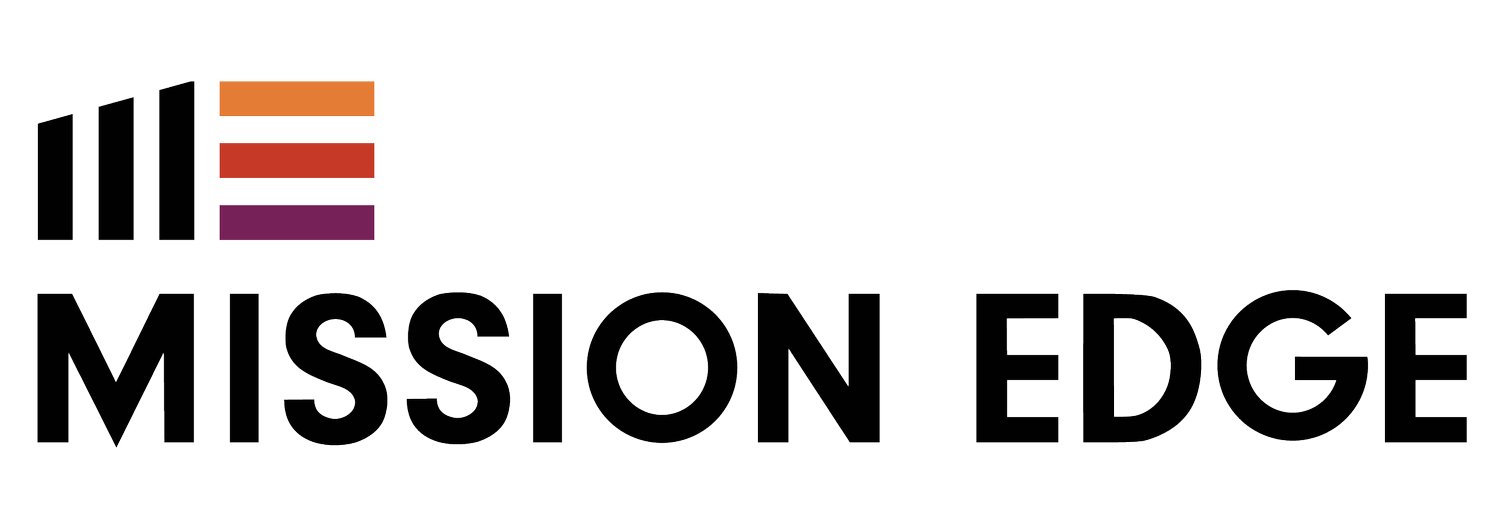Nonprofit Accounting Revenue Channels
For nonprofits, revenues may come from contributions from the public, grants or endowments, ticket sales, auction proceeds, fees for goods and services, or any combination thereof.
It may seem logical to split these into separate accounts based on revenue type. However, it is more important to classify these streams based on how they are accessed and allocated. Revenue streams may be restricted depending on how they were received / earned or based on donor stipulations. For example public or government funds are usually unrestricted and may be used for any purpose, but may also be restricted depending on organization size or government objectives.
Accurately inputting and tracking both the revenue and the corresponding expenses can reduce risk and increase efficiency.
Revenues must be reported on your organization’s 990 tax form. Tracking your revenues in a way that is optimized for this form can prevent unintentional misrepresentation of funds that can hurt your reputation. These forms are public and may be required by potential funders; who may be less likely to work with you if funds are not recorded properly. Additionally, recording revenues this way will make it much easier to report come tax season.
Restricted and Unrestricted Funds
Stipulations for restricted funds can range from time passing, purchases made, to reaching milestones agreed upon with the contributor. In order to properly classify the contributions take into account the intent of the contributor and when the funds will be used. Creating separate revenue pools for unrestricted, restricted, or temporarily restricted funds will help ensure compliance and bookkeeping efficiency.
Restricted funds should be allocated to specific programs or accounts based on donor intent. When funds are unrestricted, placing them in an “unrestricted” account will allow you to allocate those funds to other programs or operational accounts as needed. Temporarily restricted accounts may become unrestricted after a certain amount of time.
Funds Distributed Over Time
Depending on funding terms, you may not be able to record the revenue right away as there are requirements that must be met first. Some grants have stipulations that an action needs to be taken before the revenue can be recorded. In this case you will need to record the income as a liability until that action is taken. Actions may include meeting program timelines or performance metrics such as the number of communities or individuals served.
Larger donations or funds may also be provided to sustain an organization over time. If fund distributions cross multiple years you will need to allocate funds over that amount of time. Many organizations will input the funds all at once. But this practice can be interpreted as a misrepresentation of revenues. If this becomes public record your future grantors or donors may wonder what else may be misrepresented, reducing access to future funds.
Grants & Additional Documents
There are many federal, state, local, and private grants available to nonprofit organizations. Make sure to assess grantor requirements first to ensure you qualify and are able to meet the outcomes required when and if you receive funds. Many grants require multiple accounting reports. But what many do not realize, is there also may be supporting document requirements that take additional time and resources. These documents may include a mission statement, project narrative, or actual client testimonials. Make sure to assess grant requirements closely and determine if you have the capacity to provide and maintain these documents as well.
Earned Revenue & Events
Ticket sales, auction proceeds, and fees for goods and services are great ways to raise funds. But make sure you are realistic when assessing the amount of money, you expect. This also includes being realistic about the expenses that will be incurred to raise this type of revenue. Many organizations find themselves spending time and resources on events with little final profit to support their impact.
For product or service sales strategies make sure to take sales tax into consideration. Some items may be tax exempt while others are not and may require remittance to the proper state and local government(s). Be sure to research taxable sales thoroughly and seek guidance if necessary before engaging in this type of revenue strategy.
Nonprofit Revenue Tips
Always have a separate set of eyes, or separation of duties. Handling multiple revenues can be complicated. Creating processes to review monthly revenues will ensure you catch things sooner. This will allow you to change timing, re-allocate restricted or temporarily restricted funds, and complete necessary supplemental documentation on time.
Keep your 990 annual tax form in mind. The way revenues flow into this form will dictate how the public sees your organization. In the social purpose sector your financial reputation can be just as important as you impact. If funders and donors are unsure about how and where their money is being spent, they will be less likely to fund your programs in the future.

